Hardware and SuperPI 32M
Each team was issued with a motherboard and graphics card prior to the competition, in order to allow pre testing and advanced modding to take place, but the CPUs, RAM and the reserve motherboard and graphics card that each team was allowed were distributed via lottery on the day. This is an important stage of the competition too, of course, as overclocking potential can vary between CPUs and motherboards. The setup that each team had at its disposal is listed below.- Motherboard - MSI Big Bang-Marshal (B3)
- Graphics Card - MSI N580GTX Lightning
- CPU - Intel Core i7-2600K
- Memory - 4GB Kingston KHX2133C9 Genesis XMP Special Grey Series
- Hard Disk - Western Digital VelociRaptor WD3000HLFS
- PSU - Thermaltake Toughpower 1350W
- Keyboard - Tt eSPORTS Challenger Pro
- Mouse - Tt eSPORTS Black Gaming Mouse
- Operating System - Microsoft Windows 7 Ultimate 64-bit
- BIOS - E7670IMS.10U
- Graphics Driver - Nvidia GeForce 266.58 WHQL driver
- Software Tools - CPU-Z V1.57, GPU-Z V0.51, CPU Tweaker V1.5, wPrime V1.55/V2.04, Maxton Cinebench V11.5, MSI Afterburner Setup210MOA
We were instantly surprised by the choice of LGA1155 processors and P67 boards for the event, as LGA1155 overclocking is relatively simple given the integrated clock gen approach Intel has taken with this socket. There's very little flexibility when it comes to the base clock of the chipset, meaning most overclocking is done on the CPU multiplier, which is a relatively blunt tool for an event such as this.
We spoke to a few of the teams about it, and they seemed to agree, saying that they would rather be working with LGA1366 processors and X58 boards, as there's more skill in teasing the best out of a LGA1366 setup. The competitors also explained that, under LN2, LGA1366 processors tend to overclock further than their LGA1155 brethren; most Core i7-990X processors are capable of handling just over 6GHz when chilled down to sub zero temperatures, but you’ll be lucky to get 5.7GHz out of a LGA1155 chip.
SuperPI 32M
After a setup and testing period, the competition began in earnest, with each team pushing their CPU as far as possible in an attempt to score the best possible result. In a bid to challenge the teams, the CPU multiplier was limited to 50x for this portion of the competition, meaning teams needed to increase the base clock to hit speeds over 5GHz.Some teams were instantly disappointed, though, as they appeared to have been landed with duff CPUs that wouldn’t hit the base clock they expected. After spending a number of weeks with their motherboards already, they were pretty sure of their capabilities, but they simply couldn’t hit the speeds with their competition CPU. This is, of course, all a part of the overclocking lottery, but it meant that France, Iran and unfortunately the UK got off to a poor start.
The Romanian team was unaffected by such troubles, though, as it shot straight into the lead with its first run and stayed there for the duration of the SuperPI 32M competition window. The team's final time of 6 minutes 23.7 seconds - achieved with the CPU at 5.4GHz and a base clock of 108MHz - was a full second ahead of the second-place Spanish team.
The UK team eventually managed a time of 6 minutes 37.41 seconds which put the team in 13th position. This was achieved with a base clock of 104MHz (5.2GHz), with which the team was understandably disappointed as they’d seen the board run a base clock of 107MHz in pre-competition testing. After the first round, Romania, Spain, Greece, Italy and Belgium made up the top five teams.

MSI MPG Velox 100R Chassis Review
October 14 2021 | 15:04


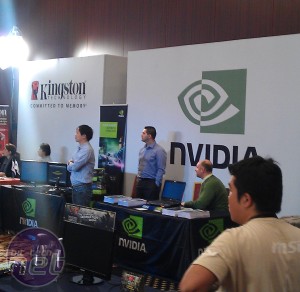
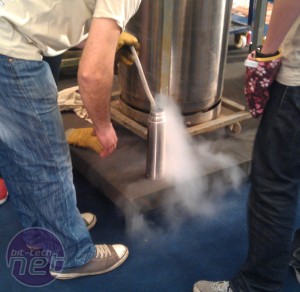
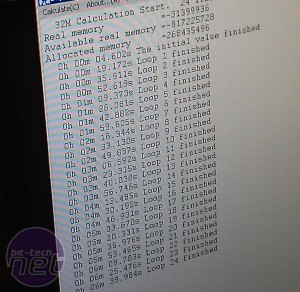

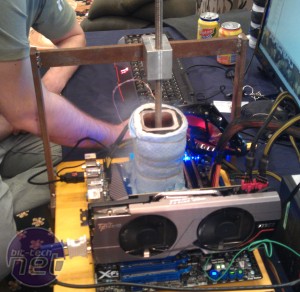
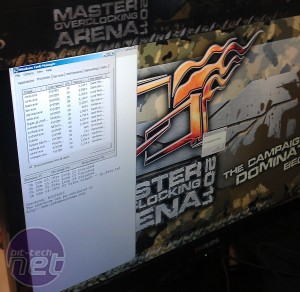







Want to comment? Please log in.